Why Some Young People Fear Social Isolation More Than COVID-19

Enlarge this image
Recent protests in Philadelphia and across the country have drawn young people. But for most of the pandemic, youth have been quarantined and away from their social circles, which could make depression and other mental illness worse.
Cory Clark/NurPhoto via Getty Images
hide caption
toggle caption
Cory Clark/NurPhoto via Getty Images

Shots — Health News
Reach Out: Ways To Help A Loved One At Risk Of Suicide

Shots — Health News
Act Now To Get Ahead Of A Mental Health Crisis, Specialists Advise U.S.
It’s not that Audrey isn’t worried about the pandemic; in fact, confirmed cases of the coronavirus are spiking in her hometown of Charlotte, N.C. So Audrey wears masks, washes her hands and stays 6 feet from friends. But for her generation, she says, infection isn’t the primary threat.
«A lot of people are calling attention to coronavirus because it’s right in front of us,» she says. «But at the same time, teens’ depression rate — it’s a silent threat.»
The health risks of infection differ by generation. For many young adults, life lived at a social distance, with a lack of peer support, comes at a high cost to mental health. The Centers for Disease Control and Prevention says nearly half of people between 18 and 29 report feeling symptoms of anxiety or depression. That’s significantly higher that the rate for both their parents and their grandparents. Suicide is the second leading cause of death for people under 35.
Yet somehow, says Audrey, that’s not talked about as much.
«We haven’t seen the government or adults as passionate about the things we really care about, like mental health and climate issues,» she says.
It might be tempting to think that FaceTime and Zoom provide substitutes for in-person social outlets, especially for a generation of digital natives who grew up with smartphones. But, therapists say, talking by small screen offers no replacement for a calming hug and can miss the subtleties of a compassionate expression.
Audrey’s complaint is a common refrain among the adolescent and young adult patients whom psychologist Lisa Jacobs counsels. It is not that they aren’t concerned about the risks of COVID-19, she says; it’s just that their risk calculations differ.

It’s Been a Minute with Sam Sanders
Beyond Parkland: Oakland Kids Who Experience Gun Violence Every Day

Environment
Young People Lead Millions To Protest Global Inaction On Climate Change
«They are appropriately realizing that isolation is a risk for them as well — it’s a risk factor for depression, and depression is a risk factor for suicide,» Jacobs says. «And 8% of American teens attempt suicide each year.»
Jacobs says many of her young patients complain older generations failed to address the young people’s fears — of school shootings and climate change, for example.
«After not being protected, after not being taken seriously, they were asked to take extreme measures to protect other groups and to put themselves at risk by doing so,» Jacobs says.
There is a biological basis for young people’s need for socialization. Scientists say bonding isn’t a luxury; it’s critical for development.
Young brains need social connection to feel secure about their identity and place in the world, says Gregory Lewis, who studies the neurobiology of social interaction at Indiana University.
If You Need Help: Resources
If you or someone you know is in crisis, help is available. Call the National Suicide Prevention Lifeline at 1-800-273-8255, or go here to chat online.
For more help:
- Five action steps for helping someone who may be suicidal, from the National Suicide Prevention Lifeline.
- Six questions to ask to help assess the severity of someone’s suicide risk, from the Columbia Lighthouse Project.
- To prevent a future crisis, here’s how to help someone make a safety plan.
«We expect as a human being to have other people there to share the stressful times and to be our backup, and when they’re not there physically, that in of itself tells our nervous system ‘you’re in a dangerous environment because you don’t have these people here,’ » he says.
That is less of an issue among older adults, Lewis says, who have had more time to develop their social networks — both at work and around their community — and more time to find partners who can help ground them emotionally. By contrast, he says, «younger people are missing a larger percentage of what previously was there to buffer them.»
So the societal challenge, he says, is to find ways to help community members of all ages balance the risks of infection against the need to foster those essential social bonds.












Комментарии 0